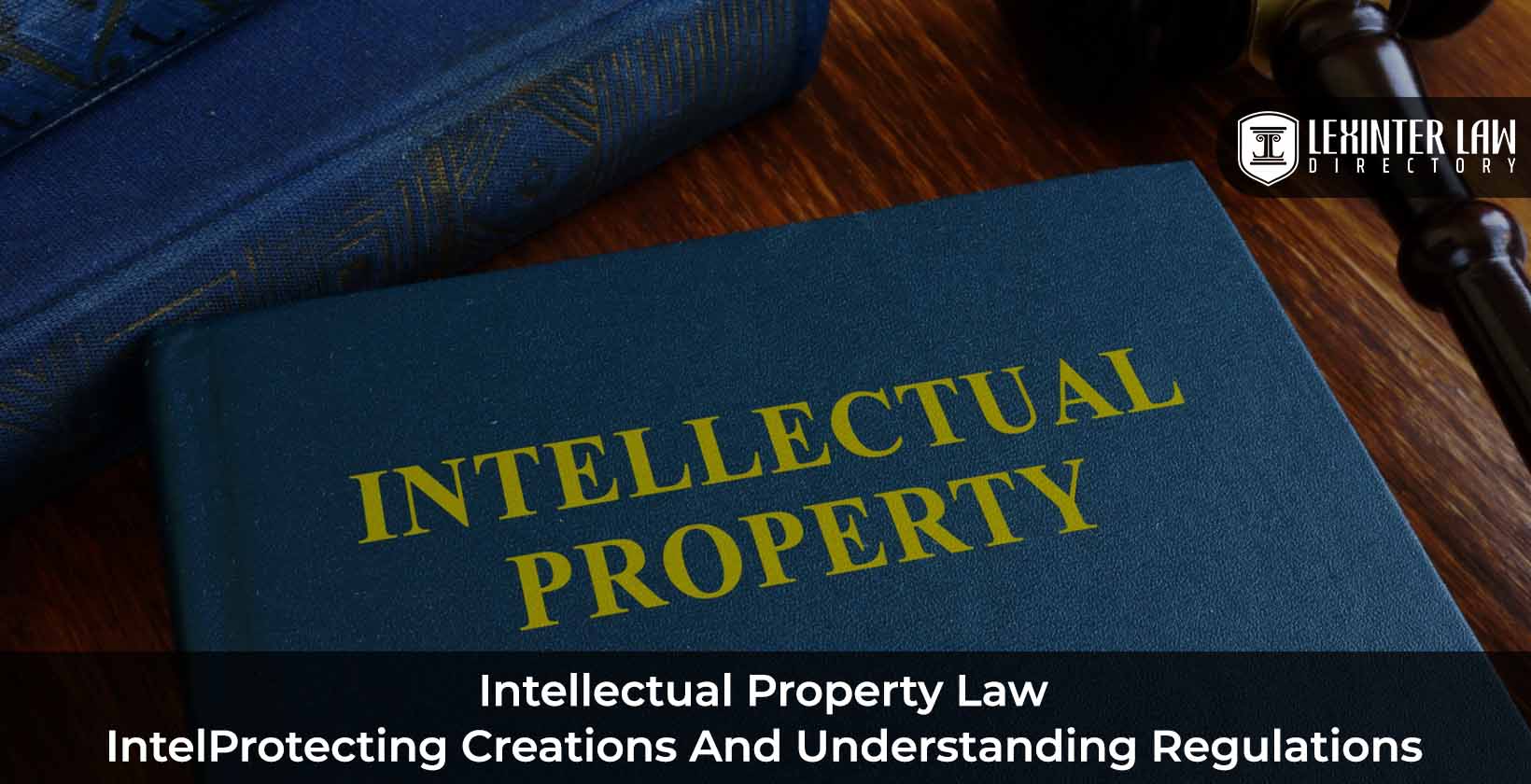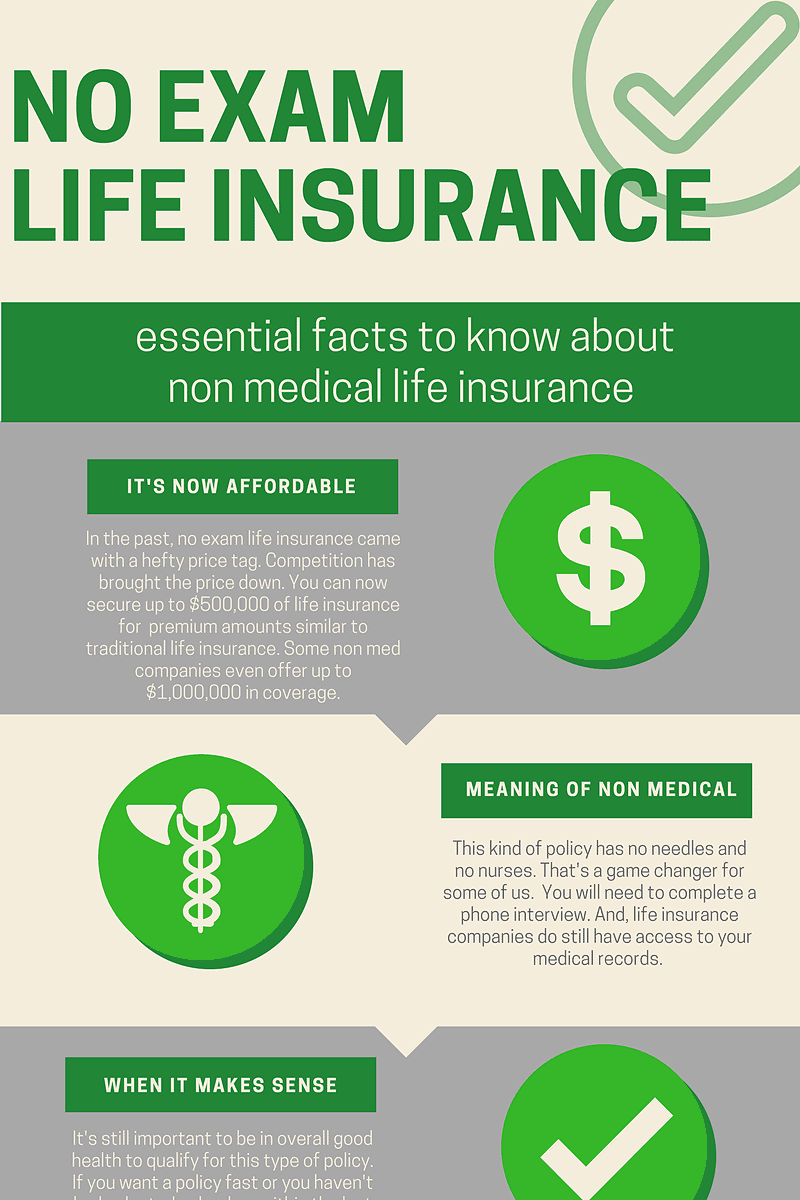Car Accidents: Determining Fault
Fault in Car Accidents
In the realm of car accidents, determining fault is a crucial aspect that can have significant implications for the involved parties. It serves as the foundation for assigning legal and financial responsibility, shaping the consequences that follow. When an accident occurs, unraveling the tapestry of events to pinpoint the culpable party becomes paramount.
The onus of establishing fault typically rests upon the injured party, who must demonstrate that the other driver’s negligence or recklessness caused the collision. Negligence, in this context, encompasses a wide range of behaviors that fall short of the expected standards of care and prudence. It can manifest in various forms, from distracted driving and speeding to failing to yield the right of way.
Establishing Negligence
Establishing negligence requires proving that the at-fault driver breached their duty of care, which is a legal obligation to act reasonably and avoid causing harm to others. This breach of duty must be causally linked to the accident, meaning that the negligent actions or omissions directly led to the collision. Furthermore, the injured party must demonstrate that they suffered damages as a result of the accident, such as property damage, medical expenses, or lost wages.
Contributory Negligence
In some instances, multiple parties may share responsibility for an accident. Contributory negligence arises when the injured party’s own actions contributed to the collision. For example, if a driver is texting while driving and fails to notice a red light, their negligence could be deemed a contributing factor to the accident. The degree of fault attributed to each party will influence the apportionment of damages.
Car Accidents: Determining Who’s at Fault?
Car accidents are a fact of life, and they can be a real pain in the neck. Not only do you have to deal with the damage to your car, but you also have to deal with the insurance companies, the police, and the other driver. And if you’re the one who caused the accident, you may be wondering who’s at fault and what you can do about it.
Determining fault in a car accident is not always easy. There are many factors to consider, such as who was speeding, who ran a red light, and who was under the influence of alcohol or drugs. The police will typically investigate the accident and write a report, but their findings may not always be accurate. That’s why it’s important to get a copy of the police report and review it carefully. If you don’t agree with the findings, you can contact the insurance companies involved and file a claim.
What Happens if I’m at Fault for an Accident?
If you’re determined to be at fault for an accident, you will likely be held liable for the damages. This means that you may have to pay for the other driver’s medical expenses, car repairs, and lost wages. You may also be fined or even jailed. The amount of damages you will be liable for will vary depending on the severity of the accident and the laws of the state where you live.
In some cases, you may be able to avoid liability if you can prove that the other driver was also at fault. For example, if the other driver was speeding or ran a red light, you may be able to argue that they were partially or wholly responsible for the accident. However, this can be a difficult argument to make, and you will need to have strong evidence to support your claim.
If you’re involved in a car accident, it’s important to take steps to protect yourself. Get a copy of the police report, contact your insurance company, and get a medical evaluation. If you’re found to be at fault for the accident, you may want to consider hiring an attorney to help you deal with the legal process.
Car Accidents At Fault
When two cars collide, determining who’s at fault can be a complicated process. Several factors play a role, making it difficult to say definitively who caused the accident. To sort out the mess, insurance companies and courts consider various factors, including the actions of the drivers involved, the condition of the vehicles, and the circumstances of the accident.
Several factors play a role in determining fault in a car accident, making it difficult to say definitively who caused the accident. To sort out the mess, insurance companies and courts consider various factors, including the actions of the drivers involved, the condition of the vehicles, and the circumstances of the accident.
Factors Considered
The actions of the drivers involved are one of the most important factors considered when determining fault in a car accident. Did one driver run a red light? Was the other driver speeding? Was either driver distracted by a cell phone or another activity?
The condition of the vehicles involved is another factor that can be considered. If one vehicle was in poor condition, it may have been more likely to cause an accident. For example, if the brakes were not working properly, the driver may not have been able to stop in time to avoid a collision.
The circumstances of the accident can also play a role in determining fault. For example, if the accident occurred in bad weather, it may be more difficult to determine who was at fault. Additionally, if the accident occurred in a construction zone, the presence of traffic cones and other obstacles may have contributed to the accident.
Negligence and Comparative Fault
Determining fault in a car accident often involves assessing negligence. Negligence is the failure to exercise the care that a reasonable person would have exercised in the same situation. If someone is found to have been negligent, they may be held liable for damages resulting from the accident.
In some cases, both drivers may be found to have been negligent. This is known as comparative fault. Under comparative fault, the fault of each driver is compared, and each driver is responsible for the percentage of damages that corresponds to their degree of fault.
Evidence
Determining fault in a car accident can be a complex and challenging process. However, by carefully considering the evidence, it is often possible to determine who was at fault. The evidence that is considered may include police reports, witness statements, and photographs of the accident scene.
Damages
If you are involved in a car accident, you may be entitled to compensation for your damages. Damages can include medical expenses, lost wages, and pain and suffering. The amount of damages you are entitled to will depend on the severity of your injuries and the degree of fault of the other driver.
Car Accidents At Fault: Determining Liability and Responsibility
Car accidents are a prevalent problem on our roads today. Unfortunately, when a car accident occurs, determining who is at fault can be a complex and challenging task. Establishing fault is crucial as it directly impacts the allocation of liability and compensation for damages. This article aims to provide a comprehensive overview of how fault is determined in car accident cases, focusing on the legal concept of negligence.
Negligence: The Cornerstone of Fault
In most car accident cases, fault is assigned based on the principle of negligence. Negligence is a legal term that refers to a failure to exercise the level of care that a “reasonable person” would have under similar circumstances. This means that if a driver’s actions fall below the standard of care expected of a prudent driver, and those actions cause an accident, the driver may be deemed negligent and liable for the resulting damages.
Elements of Negligence
To establish negligence, it is necessary to prove four essential elements:
- Duty of Care: Every driver has a legal duty to operate their vehicle with reasonable care and to avoid causing harm to others.
- Breach of Duty: Negligence occurs when a driver breaches their duty of care by failing to act as a reasonable person would under the circumstances.
- Causation: The driver’s breach of duty must have directly caused the accident and the resulting damages.
- Damages: The injured party must have suffered actual damages, such as property damage, medical expenses, or pain and suffering, as a result of the accident.
If a driver is found to have breached their duty of care, they can be held liable for the damages caused by their negligence. Determining the level of liability depends on the severity of the breach and the extent of the damages.
Comparative Negligence: Sharing the Fault
In some cases, more than one driver may be partially at fault for an accident. This is known as comparative negligence. Each driver’s degree of fault is determined, and their liability is reduced accordingly. For example, if one driver is found to be 70% at fault and the other 30% at fault, the first driver would be responsible for paying 70% of the damages, while the second driver would be responsible for paying 30%.
Conclusion
Determining fault in car accident cases is a complex legal process that requires careful consideration of the specific facts and circumstances surrounding the accident. By understanding the concept of negligence and its essential elements, you can gain a better understanding of how liability is assigned and compensation is awarded in these cases.
Car Accidents: Determining Fault
Car accidents are a common occurrence, and determining fault can be a complex process. In the United States, most states follow a “fault” system, meaning that the driver who is found to be at fault for an accident is financially responsible for the damages caused. However, in some cases, both drivers may be found to be partially at fault.
Determining Fault
When determining fault in a car accident, insurance companies and courts will consider a number of factors, including:
- The driver’s actions leading up to the accident
- The driver’s violation of any traffic laws
- The severity of the damages caused by the accident
In some cases, the fault for an accident may be clear-cut. For example, if one driver rear-ends another driver, the rear-ending driver is almost always found to be at fault. However, in other cases, fault may be more difficult to determine.
Contributory Negligence
In some cases, both drivers may be found to be partially at fault for an accident. This is known as contributory negligence. Contributory negligence means that each driver’s negligence contributed to the accident. For example, if one driver runs a red light, and the other driver fails to yield, both drivers may be found to be contributorily negligent.
Comparative Negligence
In some states, comparative negligence is used to determine fault in car accidents. Comparative negligence means that each driver’s fault is compared to the other driver’s fault. The driver who is found to be more at fault is then responsible for a greater percentage of the damages. For example, if one driver is found to be 70% at fault and the other driver is found to be 30% at fault, the first driver would be responsible for 70% of the damages.
Getting Help
If you have been involved in a car accident, it is important to speak to an attorney to discuss your legal options. An attorney can help you determine fault and pursue a claim for damages.
Car Accidents: Determining Fault and Assigning Liability
When two or more vehicles collide, figuring out who is at fault can be a headache, especially when insurance companies get involved. To make matters worse, different states have different laws regarding car accident liability. In some states, one driver can be found 100% at fault, while in others, both drivers may share the blame.
Comparative Fault
Some states follow a comparative fault system, which means that each driver’s fault is assigned a percentage and their liability is reduced accordingly. For example, if a jury finds that one driver is 70% at fault and the other driver is 30% at fault, the first driver would be responsible for 70% of the damages, while the second driver would be responsible for 30% of the damages.
Comparative fault systems are designed to be fair to both drivers involved in an accident. They ensure that each driver is only held liable for their own negligence, not the negligence of the other driver. This can lead to more equitable outcomes in car accident cases, especially when both drivers are at fault.
There are three main types of comparative fault systems:
- Pure comparative fault: In a pure comparative fault state, each driver’s liability is reduced by their percentage of fault, no matter how small.
- Modified comparative fault: In a modified comparative fault state, a driver’s liability is barred if their percentage of fault exceeds a certain threshold, which varies from state to state.
- Slight-gross comparative fault: In a slight-gross comparative fault state, the driver who is found to be slightly at fault is still liable for damages, even if the other driver was grossly at fault.
Car Accidents at Fault: Determining Fault and Its Consequences
Car accidents are stressful and often lead to confusion, especially when it comes to determining who’s at fault. This article provides a comprehensive guide to the implications of being at fault in a car accident, covering everything from insurance consequences to legal repercussions.
Insurance Implications
Establishing fault in a car accident is crucial for determining insurance coverage and payouts. The at-fault driver’s insurance policy will typically cover the damages, including medical expenses, vehicle repairs, and lost wages for the injured party. In some cases, the at-fault driver may be held personally liable for damages that exceed the policy limits.
Legal Consequences
In addition to insurance implications, determining fault can have legal consequences. The at-fault driver may face charges such as reckless driving, speeding, or DUI, which can result in fines, license suspension, or even jail time. In some cases, the injured party may also file a personal injury lawsuit against the at-fault driver to seek compensation for damages.
Fault Determination
Determining fault in a car accident often involves an investigation by law enforcement officers and insurance companies. Police reports, witness statements, and physical evidence are typically used to establish who violated traffic laws or acted negligently. In some cases, an accident reconstruction expert may be hired to provide an independent analysis of the incident.
Factors Considered
There are several factors that courts and insurance companies consider when determining fault in a car accident, including:
- Traffic laws and regulations
- Witness statements and testimony
- Physical evidence, such as skid marks and damage patterns
- Driver behavior, including actions leading up to the accident
- Vehicle maintenance and condition
Contributory Negligence
In some cases, both drivers may be found partially at fault for an accident. This is known as contributory negligence. If contributory negligence is established, the injured party’s damages may be reduced in proportion to their degree of fault.
Comparative Fault
In states that follow comparative fault laws, each driver’s fault is assigned a percentage, and their damages are adjusted accordingly. This means that even if one driver is found to be 90% at fault, they may still be entitled to 10% of their damages from the other driver.




Leave a Reply